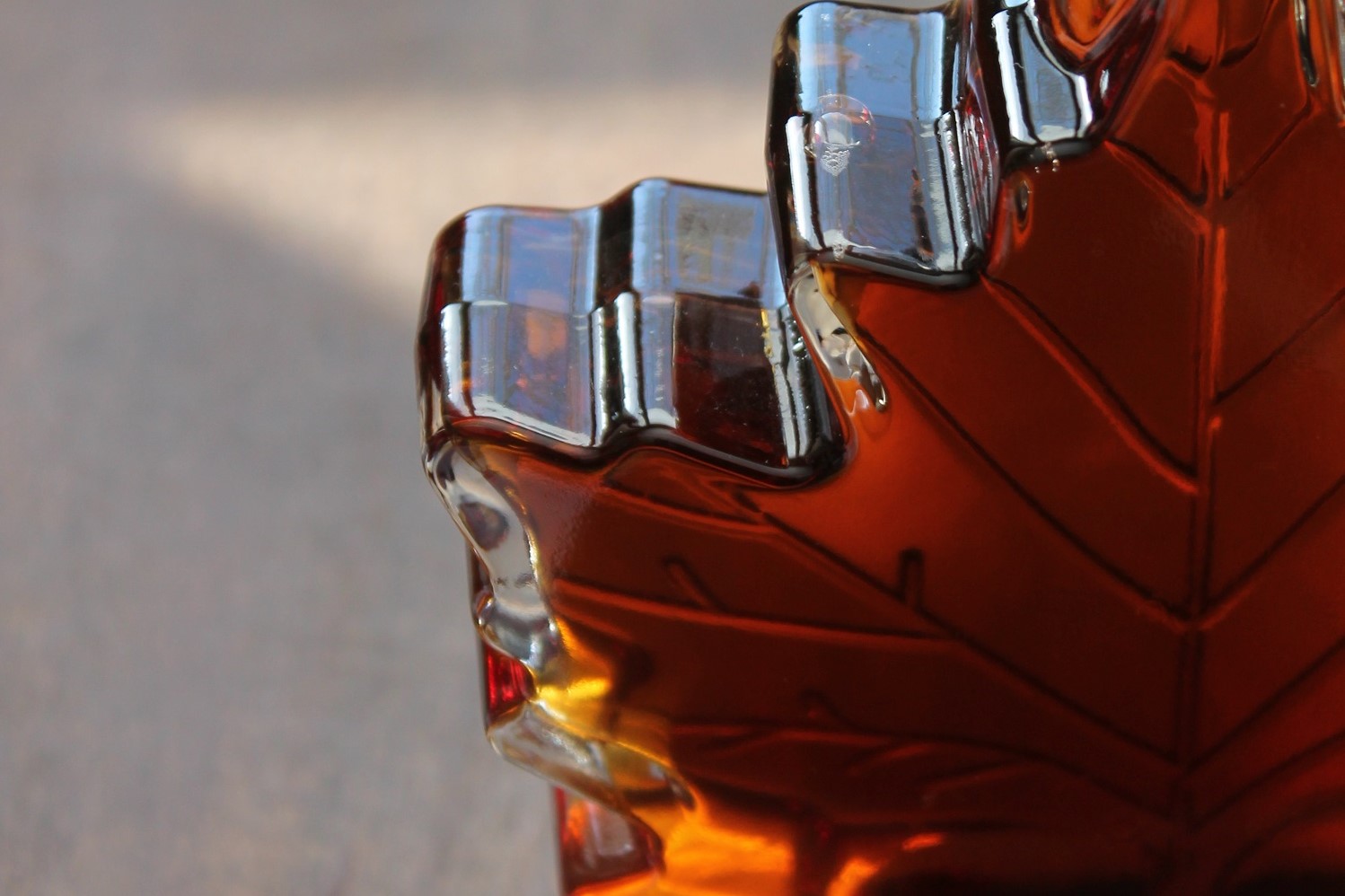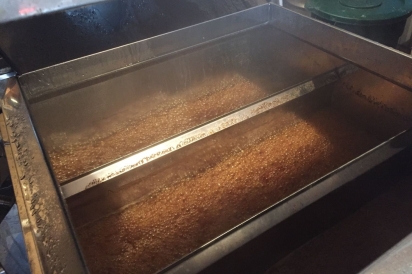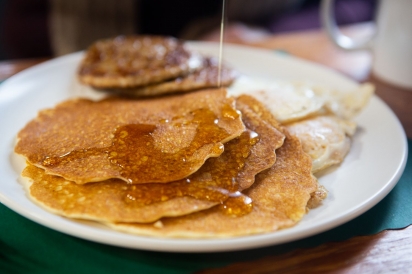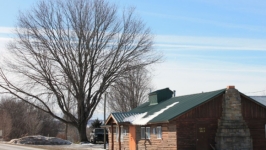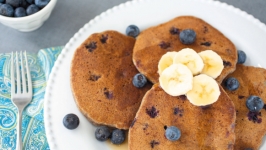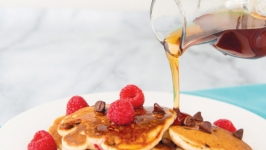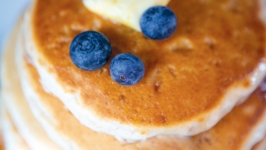March Maple Madness
Last year, the sap drawn from sugar maple trees, or Acer saccharum, which are native to the northeastern U.S. and eastern Canada, produced more than 22 million gallons of syrup. Multiply that by roughly 40 gallons of sap per gallon of syrup and you get an astounding amount of sap collected—approaching nearly a billion gallons!
While maple syrup season may start in early January and last until April, we generally think of March as the peak run season. That’s when sugarhouses open for pancake breakfasts and maple syrup producers celebrate the sap harvest with annual weekend events offering tours of the sugarhouse, wagon rides through the sugar bush, and tastings of warm maple syrup, maple cocoa, maple candy and more.
In the U.S., New York State ranks second in maple syrup production, behind Vermont, and accounts for close to 17 percent of total U.S. production. Last year’s crop won’t be given a total value until June, but New York’s 2021 crop was valued at $24.5 million with an estimated economic impact of approximately $100 million. According to the NYS Maple Producers Association, the U.S. Forest Service Forest Inventory and Analysis data shows that there are more tappable maple trees in New York than in any other state in America, and Wyoming County is one of the state’s largest maple syrup producing counties. Neighboring Pennsylvania ranks between fifth and seventh in the country, averaging around 60,000 gallons annually, worth more than $1.9 million. Suffice it to say that maple syrup production is a big deal in the Western NY region. And all of that maple syrup is produced by small family farms.
SCIENCE AND NUTRITION
Maple syrup sold in the U.S. must conform to United States Department of Agriculture (USDA) grade and classification standards: U.S. Grade A light amber, medium amber, and dark amber. With a strong maple flavor, U.S. Grade B is generally used for processing, cooking and baking. Taste generally follows color: Light amber syrup has a delicate maple flavor; medium amber is slightly stronger; dark amber is the most robust. In order to meet the legal definition, maple syrup must have a sugar content of at least 66 brix (or 66 percent sugar) at 60 degrees Fahrenheit. With a lower sugar content, syrup is likely to mold or sour. At a higher concentration, syrup will likely crystalize.
As spring approaches, with temperatures rising above 40 degrees during the day followed by freezing temperatures at night, starches that have been stored in the maple trees during winter turn to sugars and are released into the trees as sap. As a tree is tapped, the sap drips out as a clear liquid and is collected in buckets or plastic tubing. When boiled, water in the sap evaporates, concentrating the natural sugars and nutrients down to syrup. On average, a tapped maple will produce 10 to 20 gallons of sap per tap, and a healthy tree that is properly tapped should produce sap for decades.
As for nutrients, researchers from the University of Rhode Island have identified over 100 compounds in maple trees that have antioxidant, anti-cancer, and anti-neurodegenerative properties. While further studies need to be done, the maple research team is examining applications for cosmetic and medicinal purposes. Maple syrup also contains noteworthy amounts of calcium, potassium, manganese, riboflavin and copper. Comparable to the calories and carbs of table sugar, maple syrup tends to be sweeter, so you need less, and has a lower glycemic index than sugar. But, as suggested by dietitian Kristin Kirkpatrick, MS, RD, LD at the Cleveland Clinic, moderation is key. Maple syrup is still sugar.
SPRING HARVEST TASTE AND TOURS
From Edinboro, PA, to Attica, NY, and across the Empire State, maple syrup producers hold annual weekend-long taste and tour events in March. Visitors can stop at dozens of participating farms throughout the region, learn about the sugar-making process, and taste pure maple syrup in many forms.
Seasonal pancake houses are the region's hidden spring gems. Counted on one hand, they are located up narrow country roads that turn off two-lane county routes, miles from interstate highways and daily commutes. All-you-can-eat pancakes served with pure maple syrup are the star of the otherwise limited menus. If you go, dress warmly, really warmly, with layers you can shed. Expect to spend some time waiting in lines that often extend outdoors. Once inside, you’ll be toasty and warm.
In Freedom, NY, an hour southeast of Buffalo in Cattaraugus County, Moore’s Maple Shack and Pancake House is a small family farm that’s been making maple syrup and small-batch maple products for more than 50 years. Starting in January, Moore’s opens a pancake house on Sundays for all-you-can-eat buttermilk pancake breakfasts served with sausage and eggs, increasing the open days and hours in March and April.
A little over 30 minutes east in the rolling hills of Allegany County, about halfway between Angelica and Nunda, Cartwright’s Maple Tree Inn has been serving all-you-can-eat buckwheat pancakes from February through April since 1963. In addition to pancakes, Cartwright’s serves hamburgers, sausage burgers, hot dogs, ham sandwiches, sausage and eggs.
In Chautauqua County, minutes from the Pennsylvania border, Red's Best Pancake House offers all-you-can-eat breakfast in both the spring and fall.
For tastings and tours with history, head to Hurry Hill Maple Farm and Museum in Edinboro, PA. Open for an annual Taste and Tour event and then Sundays through May, Hurry Hill is a nonprofit organization dedicated to preserving traditional methods of maple syrup production. Here you can learn about the legend of maple syrup and why sugar maples grow around the Great Lakes. The museum includes displays of maple sugaring antiques, natural history exhibits and the Newbery Medal awarded to local author Virginia Sorensen for her book Miracles on Maple Hill. A self-guided, family-friendly interpretive walking trail at Hurry Hill takes about an hour. There’s also a driving tour featuring highlights from Sorensen’s book.
If you go, dress for mud and snow as most tour and tasting experiences take place outside.


